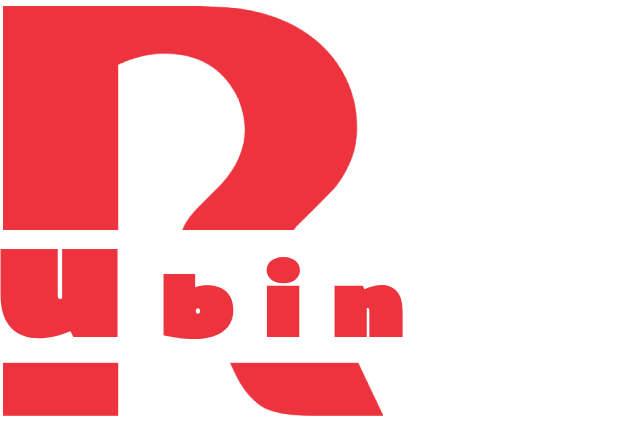Content

If you own shares in a business and you receive income, your 20 percent deduction may be subject to other limitations. However, those limitations also only kick in when you make over $157,000 as a Single filer or $315,000 if you’re married filing jointly. Additionally, the deduction is limited by the amount of W-2 wages paid by the business and the unadjusted basis of any qualifying property held by the business after acquiring it.
- Here are some useful tax savings strategies to reduce your business’ tax liability today.
- The QBI deduction isn’t available to all pass-through businesses.
- As noted earlier, this difference relates to the reduction in QBI for S corporation shareholder/employee compensation.
- But if your income is above these limits, now’s the time to reach for a bottle of aspirin.
Manufacturers, retailers and providers of other services such as engineering firms, on the other hand, are examples of businesses that are not SSTBs. The QBI deduction can be a generous tax break for businesses that qualify, but it comes with many complicated rules, definitions, and limitations. The QBI deduction isn’t qualified business income deduction available to all pass-through businesses. It depends on the type of business you’re in and the owner’s total taxable income for the year. The qualified business income deduction gives some owners of pass-through businesses a deduction worth up to 20% of their share of the company’s qualified business income.
✓ It doesn’t matter if you take the standard deduction or itemize
The sum of 25% of the W-2 wages plus 2.5% of the unadjusted basis of all qualified property. You can choose whichever of these two wage tests gives you a greater deduction. QBI is the net amount of the business’ qualified items of income, gain, deduction, and loss. It doesn’t include investment-related items of income, gain, deduction, and loss.

Instead enter the first set of QBI amounts into the K199 screen. Be sure to select the respective screen in the Fordrop down menu. Enter the appropriate multi-form code in the MFC box to indicate to which K1P,K1S, or K1F screen the K199 screen applies. A number must be entered, even if there is only one K1 screen, or a red message about a missing required field will be generated.
Qualified Business Income Deduction
Prior to becoming an editor, she covered small business and taxes at NerdWallet. She has been a financial writer and editor for over 15 years, and she has a degree in finance, as well as a master’s degree in journalism and a Master of Business Administration. Previously, she was a financial analyst and director of finance for several public and private companies. Tina’s work has appeared in a variety of local and national media outlets.

Each situation is reviewed based on all the facts and circumstances. Compare these calculations to 20 percent of your QBI and deduct the smaller amount. Online bookkeeping and tax filing powered by real humans.
How to pay yourself in an LLC
This deduction, occasionally referred to as the Section 199A deduction, was created as part of the 2017 Tax Cuts and Jobs Act and became effective in 2018. Qualified pass-through business owners can take tax deductions of up to 20% of their net business income. The QBI deduction only reduces the amount of federal income taxes owed by qualified business owners. It does not reduce Social Security or Medicare tax obligations (self-employment tax) or net investment income tax. Of the wages/qualified property limitation, the LLC produces the larger QBI deduction.

